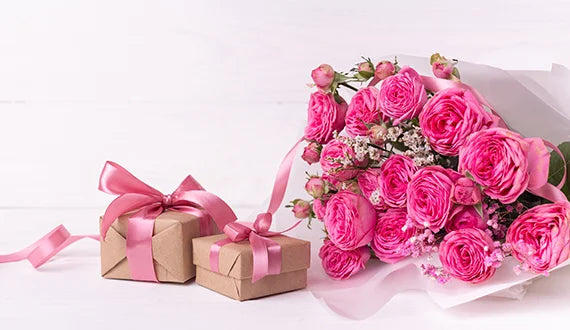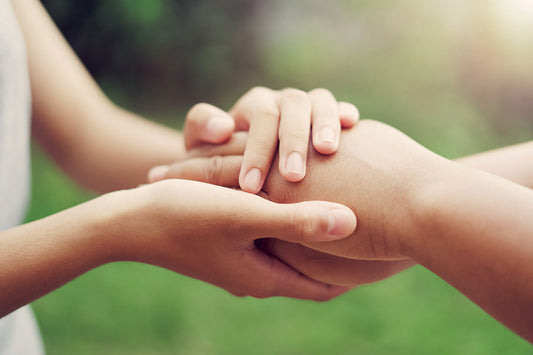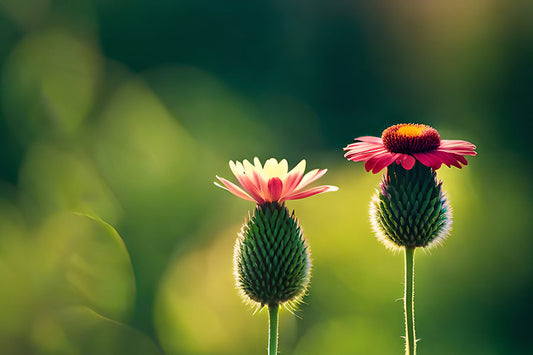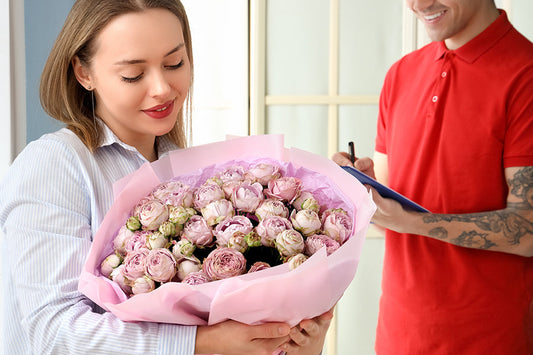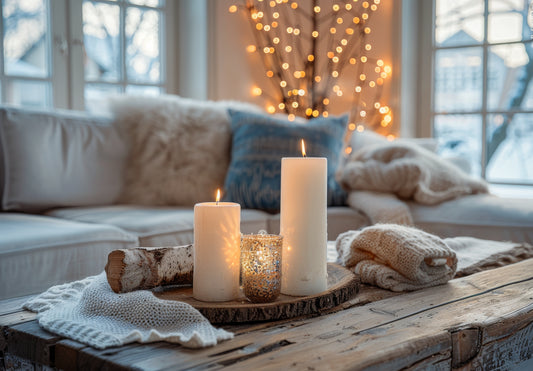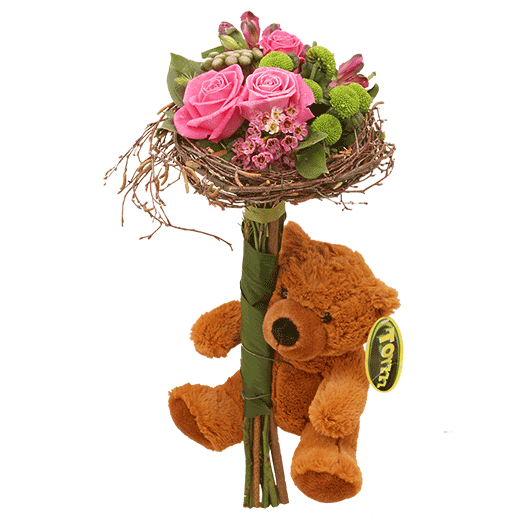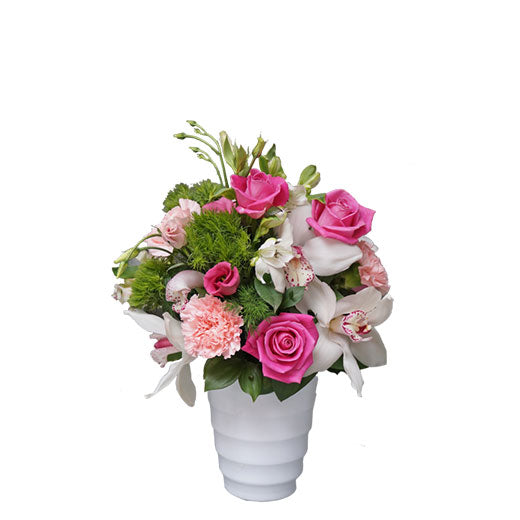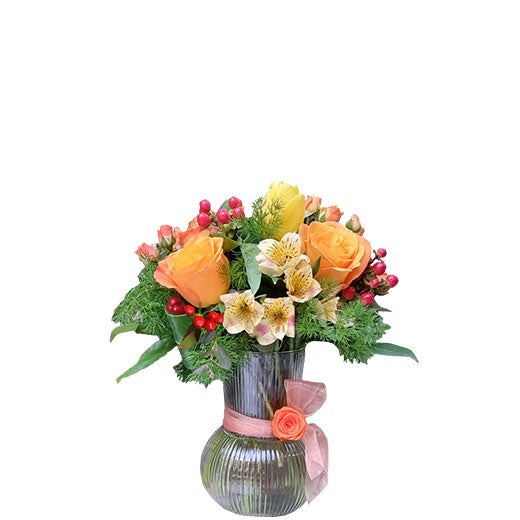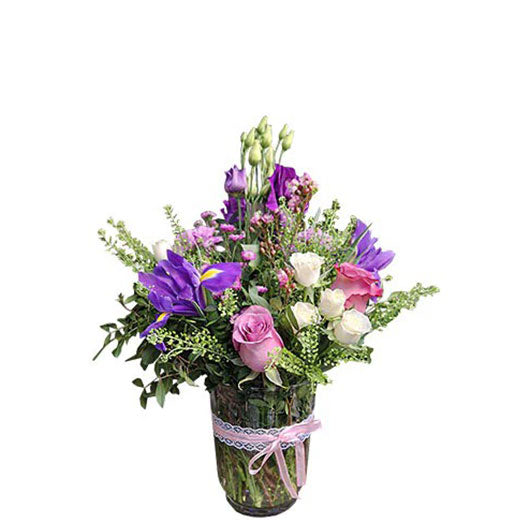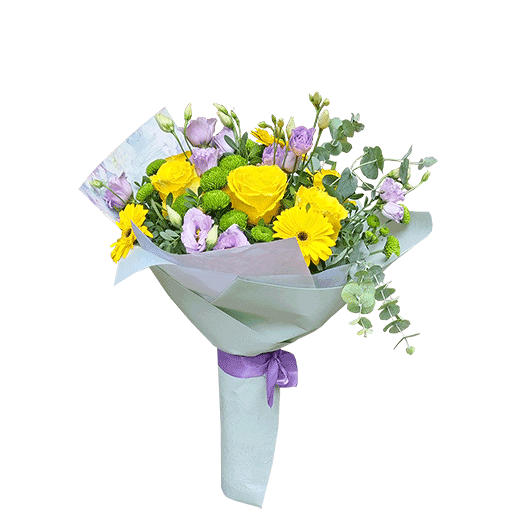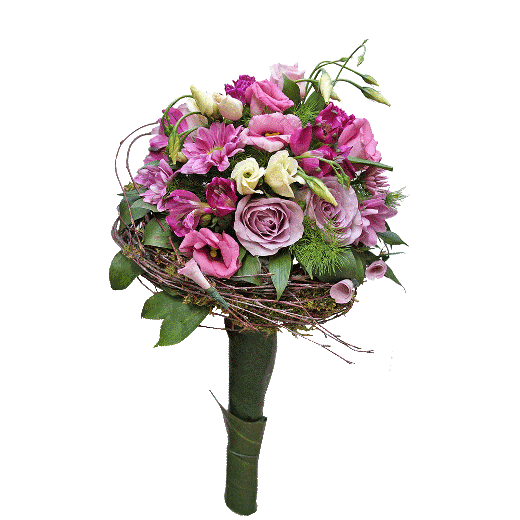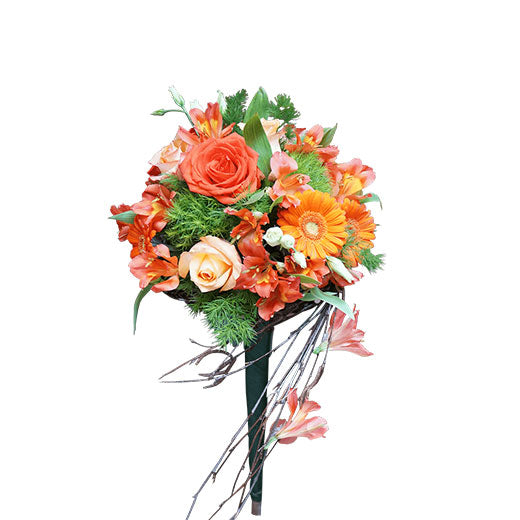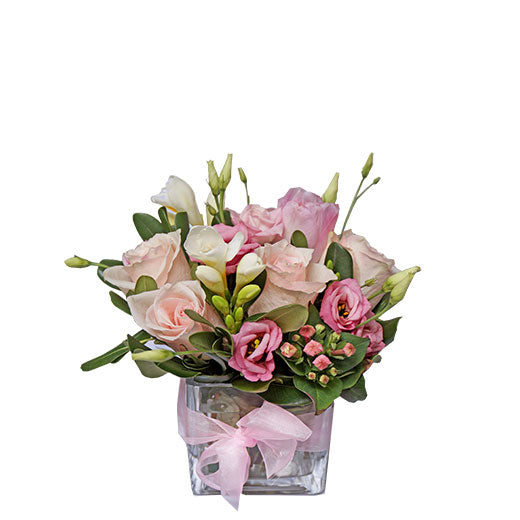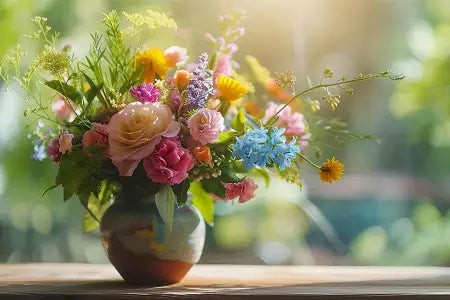
PSYCHOLOGY OF COLORS
THE PSYCHOLOGY OF COLORS
The one when you come to work, and you are greeted by fireworks of colors and smells. That's how it is when you work at Teleflora, but then you realize that a large number of people came to work today and watched them somehow get through those 8 hours, without energy, motivation, with a stress level approaching the red zone.
It's not that there is no stress here, far from it, there is always something urgent, the flowers ordered from the supplier have not arrived or are late, colleagues from abroad do not respond to messages... but nature works for us and helps us to cope with everyday challenges. Flowers, greenery, scents are always at our fingertips...
That's why we love it when we equip one of the companies we work with with plants, because we know they can do wonders, or someone decides to make a loved one happy at work. Imagine an office full of greenery where eyes tired of the screen rest, colorful flower species strategically arranged to make the workspace dynamic and radiate positivity and efficiency And of course, the employees who live in it, and clients relax and feel safe.
It has long been known that colors have the power to influence our feelings, so in order to understand their influence, color psychology was developed, which deals with the study and application of colors to human behavior and emotions. The art of color psychology is a broad and creative field where science, aesthetics and psychology are combined to achieve great results. Most of us associate certain colors with emotions. For example, we will mostly associate blue with feelings of calmness and tranquility, and red color will be associated with passion and excitement, but while its application in a marketing campaign will attract attention, excessive use in the interior will cause the opposite effect. Let's remember how fast food chains often use red and yellow to stimulate our appetite. Although there are general trends in color psychology, individual responses to colors can vary greatly, so experimentation and the personal factor are very important for effective use of color psychology.
We most often use the color green because it symbolizes harmony and tranquility, nature and reduces stress and improves focus. We have already said that blue is calming, so although this color is not very common among plants it has a therapeutic spa effect in the work environment, a vase full of blue hydrangeas, irises or delphiniums will be ideal for this purpose.
Yellow is associated by many with jealousy, but it is actually the color of sunshine and optimism, so why not use it. Who would resist the infectious energy brought by a vase full of yellow roses on the desk, especially if it stimulates creativity and lifts the mood?
Purple tones are favorite in Teleflora, because it is the color of creativity, and combined with green, it raises the working mood and positivity, innovation and imagination. You can't go wrong with any of our many arrangements in those tones if you want to brighten someone's work day.
White flowers are special, and with their beauty they will bring peace to any story, and in the office space they will contribute to the harmony of other colors and moods. Let's take for example the Spathiphyllum plant, which, in addition to its beautiful green leaves and white flowers, also has the magical power to reduce the negative impact of screen radiation on you.
The orange color of flowers brings energy, enthusiasm, and we often recommend it when it comes to delivering arrangements to the workplace. A flower arrangement in iridescent tones of gentle apricot and fiery orange will bring an atmosphere of warmth not only to the workplace, but to any space it happens to be in. A little red color in the workplace will not be out of place.
A little red color in the workplace will not be out of place, but it must be moderate. With its red flower, the anthurium plant will be able to bring energy and passion into the office space, just as much as it needs.
A workspace with a lot of plants, in addition to the aesthetic, also has this practical importance, because the stress level decreases, improves focus and mood, so employees will not look at the clock every hour, but that subtle play of colors and emotions will reflect positively on creativity and productivity.
Of course, color psychology provides a basis for the application of colors, but of course, the key moment is still individual wishes when it comes to creating an office environment, because responses to colors still differ, so it is important to consider what is best for someone.
